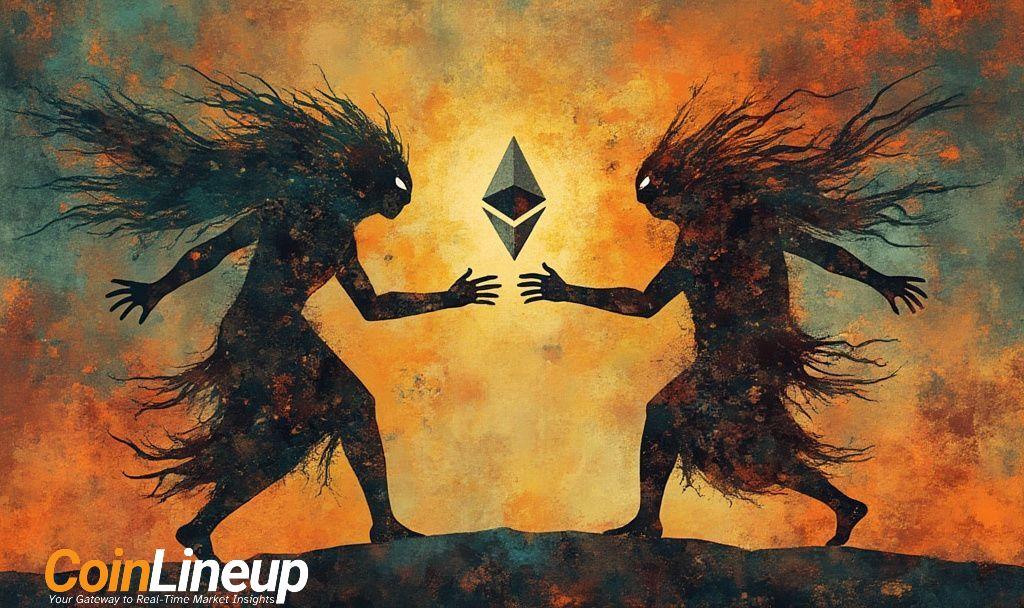
- Blast and Safe part ways; asset management implications.
- Potential shifts in Ethereum L2 operations.
- ERC-20 token flows could be affected significantly.

Blast has announced that it will not renew its service agreement with Safe, affecting the management of assets on the Ethereum Layer 2 network.
The announcement marks a significant shift in Ethereum Layer 2 strategies, as Blast opts to end its service agreement with Safe. The decision could alter how assets are managed, affecting Ethereum and ERC-20 token use on the Blast network.
Blast’s decision not to renew its service agreement with Safe was announced via Binance Square. This move may influence asset management on Blast’s L2. Based on the provided information, there are currently no specific direct quotes from key players or industry figures regarding the termination of the service agreement between Blast and Safe. Therefore, I am unable to extract any quotes as you requested.
Blast and Safe are both prominent in the Ethereum ecosystem. By not renewing their partnership, the dynamics of asset management could change. Ethereum and supported ERC-20 tokens might face different liquidity and management conditions on Blast’s network.
The decision’s immediate impact remains unclear, with no immediate changes in funding or substantial Total Value Locked (TVL) movements reported. However, user confidence in key custody infrastructure could be affected.
Financial and market implications could include temporary dips in asset usage or shifts in user preferences to alternative chains. Historical trends indicate such events sometimes lead to migrations or adjustments in strategy within crypto communities.
Anticipated outcomes may include new technological developments or realignments in asset management practices on L2 networks. Blast’s strategic changes could inspire further consideration of custody solutions and highlight the importance of adaptable infrastructure.










Be the first to leave a comment